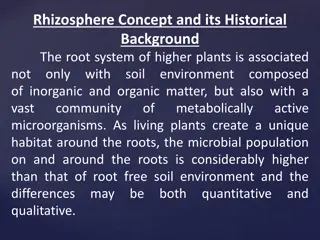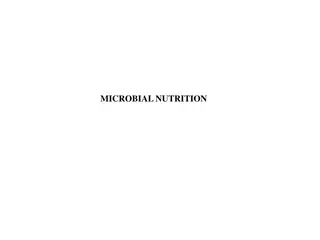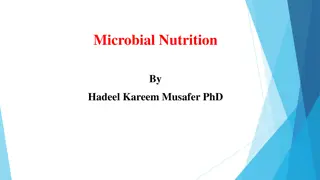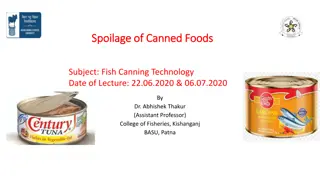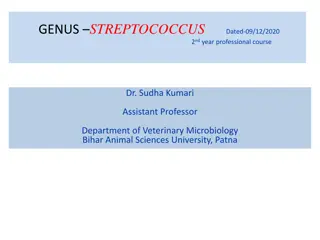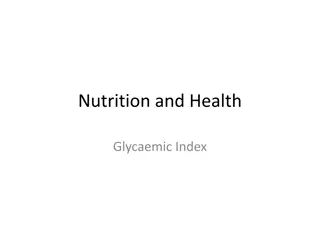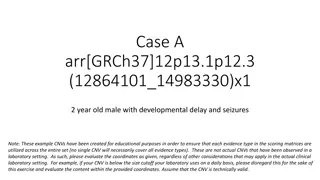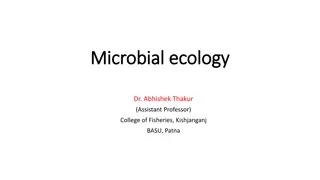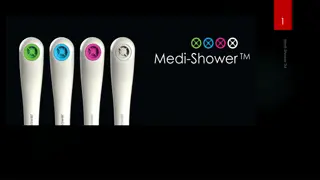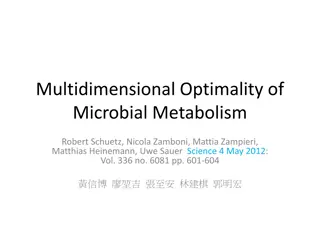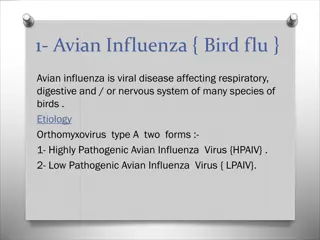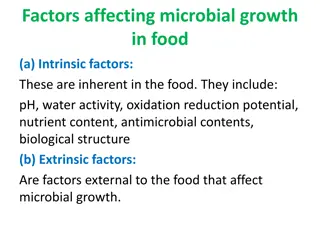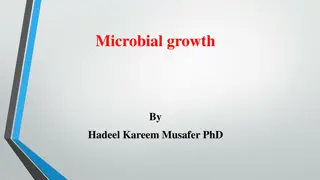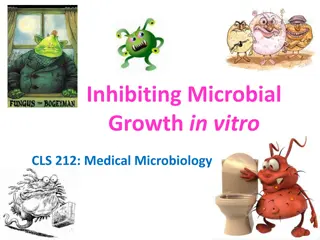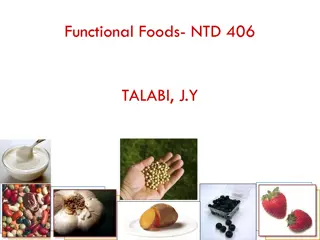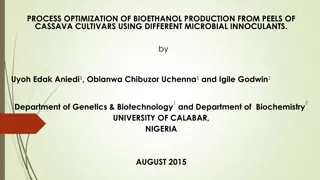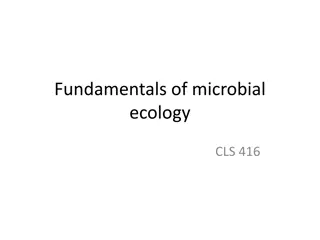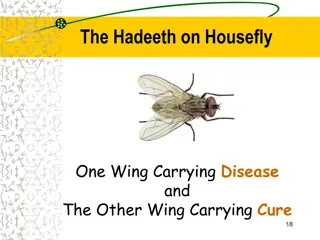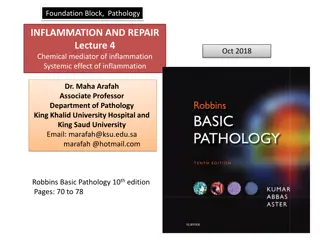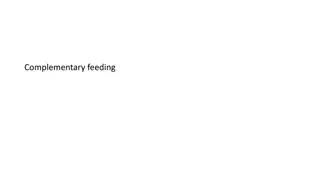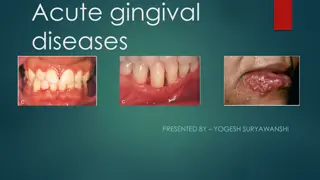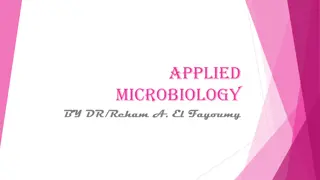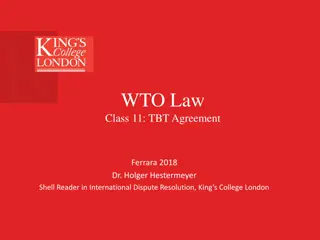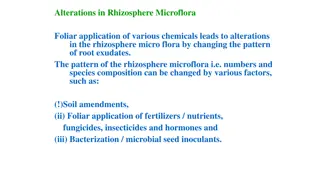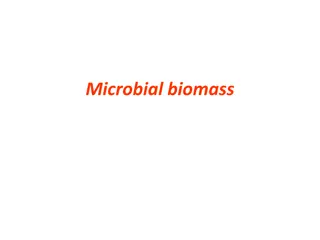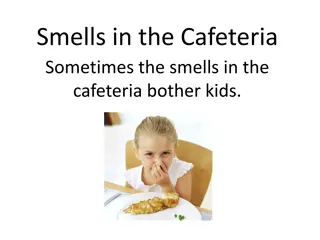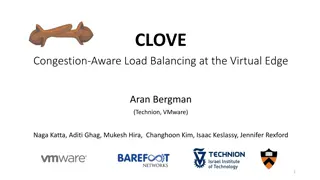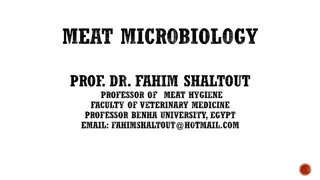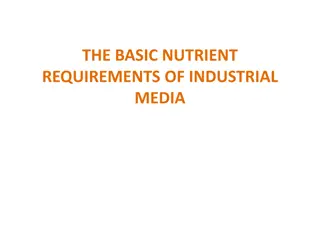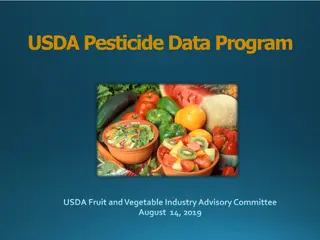Effects of Spicy Foods on Pathogenic Microbial Growth: A Study on Rosemary and Clove
Spicy foods like rosemary and clove have shown potential in inhibiting pathogenic microbial growth, which can help enhance food safety by reducing the need for chemical additives. This study explores the antimicrobial effects of these spices using microbial strains like Pseudomonas Fluorescens and Staphylococcus Aureus. Methods include preparing spice extracts and observing growth inhibition through the Minimum Inhibitory Concentration (MIC) and growth reduction (IC50). The expected data suggest that clove may exhibit stronger antimicrobial activity compared to rosemary after 24 hours of observation.
Download Presentation

Please find below an Image/Link to download the presentation.
The content on the website is provided AS IS for your information and personal use only. It may not be sold, licensed, or shared on other websites without obtaining consent from the author. Download presentation by click this link. If you encounter any issues during the download, it is possible that the publisher has removed the file from their server.
E N D
Presentation Transcript
Rationale. Spicy foods can inhibit pathogenic microbial growth before they produce toxins. The antimicrobial effects of spices will offer assistance to the food science field. In previous studies, spices have indicated not only medicinal value but also antimicrobial effects . The application of this antimicrobial activity to food production can help reduce chemicals used in the process. This offers a better quality product for consumers.
Background Studies have indicated inhibition of food borne bacteria by cloves, garlic, cinnamon, onion and other spices (La Shelef, 1984). Spices are considered as an alternative for food preservation chemicals as they inhibit growth of bacteria, fungi, yeast and other microbial toxins(El Souza, 2005). Several spice essential oils have indicated inhibition of bacteria growth(RS Farag, ZY Daw,et al,. 1989). People are seeking more microbiologically stable foods.
Hypothesis. Will spicy foods will inhibit bacteria growth? I hypothesize that rosemary and clove will inhibit growth of pathogenic bacteria.
Materials. Rosemary Microbial strains (Pseudomonas Fluorescens and Staphylococcus Aureus) Clove. Distilled water Ethanol Sterile swab . Hexane 4 petri dish
Methods. Preparation of spice extracts using water, hexane and ethanol as solvents in the ratio of 1:10 and the mixture is left to combine for 24 hours at appropriate room temperature. The Staphylococcus Aureus is incubated at 37 c while Pseudomonas Fluorescens is at 25 c. Agar well diffusion method used to observe the Minimum Inhibitory Concentration(MIC) and growth reduction(IC50). The petri dishes incubated and observations made every 6 hours for 24 hours. Negative control- sterile swab using distilled water .
Expected Data. MIC and IC50are considered the lowest concentration of the extract which completely inhibited growth (Witkowska, A. M.,et al.,2013) At the first 6 hours, no major antimicrobial activity is observed. At 12 and 18 hours, minimal antimicrobial can be detected from the extracts.
Expected data. At 24 hours, antimicrobial activity can be clearly observed from the extracts.. It is expected that clove bears a stronger MIC and IC50than rosemary.
Data. Growth reduction concentrations(IC50) and Minimum Inhibitory Concentrations(MIC) against Pseudomonas Fluorescens and Staphylococcus Aureus S.Aureus P.Fluorescens IC50 MIC Spice solvent IC50 MIC Rosemary Ethanol Hexane Water Ethanol Hexane Water 2.5 5 40 2.5 10 40 5 10 - 10 20 - 10 20 >40 5 20 40 20 >40 - 10 40 - Clove Sample data from (Witkowska, A. M.,et al.,2013)
Data. Growth reduction concentrations(IC50) and Minimum Inhibitory Concentrations(MIC) against Pseudomonas Fluorescens and Staphylococcus Aureus 50 40 30 20 10 0 Rosemary Clove Sample data from (Witkowska, A. M.,et al.,2013) solvent IC50 (S.Aureus) MIC(S.Aureus) IC50 (T.Fluorescens) MIC(T.Fluorescens)
Data The antimicrobial activity of the extracts was observed but it was evident that more time should be allocated to observe stronger inhibitory characteristics.
Conclusions. The data supports the hypothesis that spices inhibit pathogenic bacteria growth. Antimicrobial activity was observed in both clove and rosemary. Clove indicated higher inhibitory action than rosemary after 24 hours. Pseudomonas Fluorescens showed a higher resistance to the antimicrobial action than Staphylococcus Aureus. .
Conclusions. The negative control(data not indicated) showed that the spices inhibited pathogenic microbial growth. An extract containing the combination of both clove and rosemary would indicate stronger antimicrobial activity than when used separately.
References. Shelef, L. A. (1984). Antimicrobial Effects Of Spices 1. Journal Of Food Safety, 6(1), 29-44. Souza, E. L. D., Stamford, T. L. M., Lima, E. D. O., Trajano, V. N., & Barbosa Filho, J. M. (2005). Antimicrobial Effectiveness Of Spices: An Approach For Use In Food Conservation Systems. Brazilian Archives Of Biology And Technology, 48(4), 549-558. Farag, R. S., Daw, Z. Y., Hewedi, F. M., & El-Baroty, G. S. A. (1989). Antimicrobial Activity Of Some Egyptian Spice Essential Oils. Journal Of Food Protection, 52(9), 665-667. Witkowska, A. M., Hickey, D. K., Alonso-Gomez, M., & Wilkinson, M. (2013). Evaluation of antimicrobial activities of commercial herb and spice extracts against selected food-borne bacteria. Journal of Food Research, 2(4), 37.




